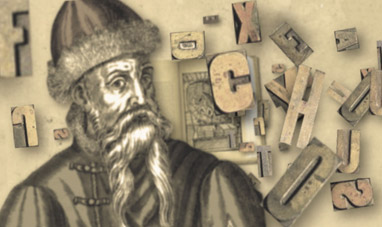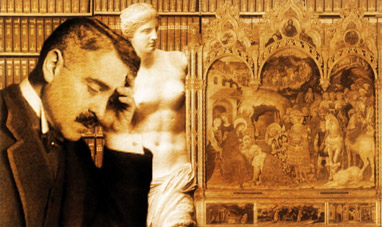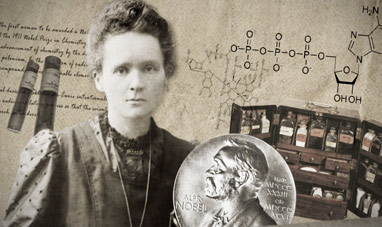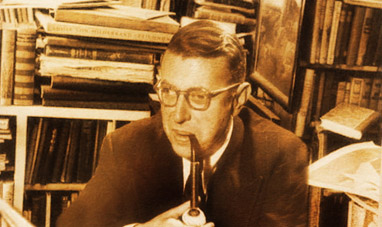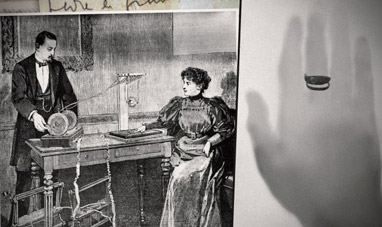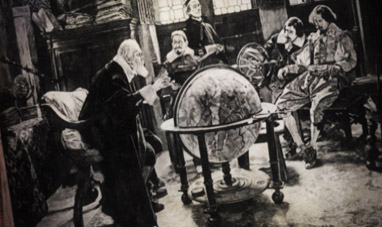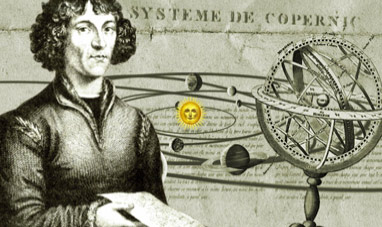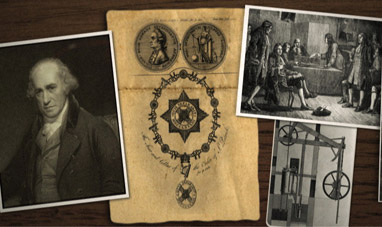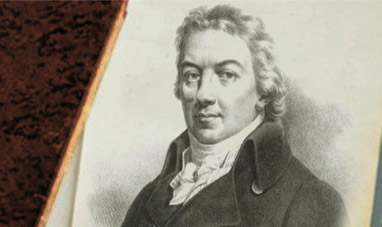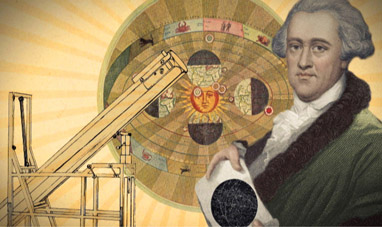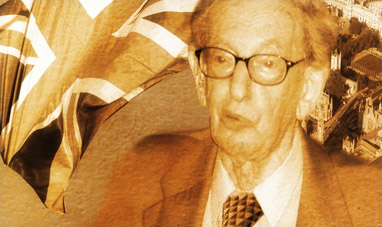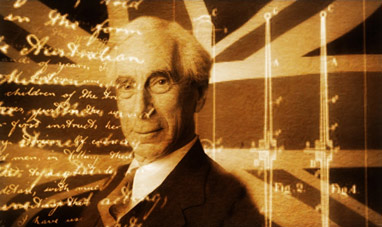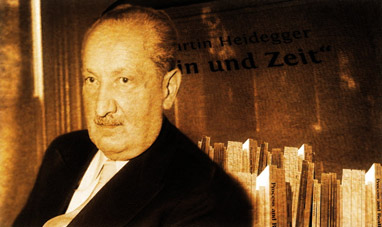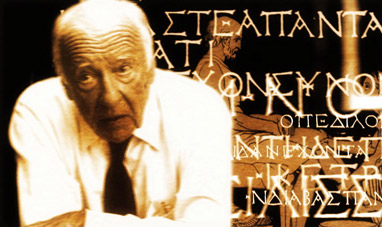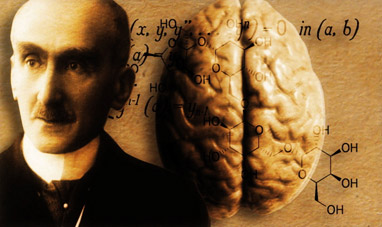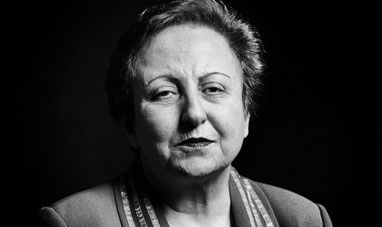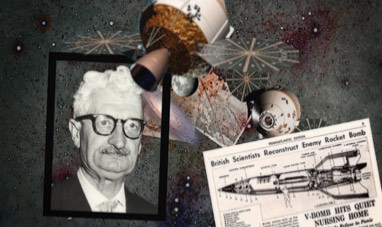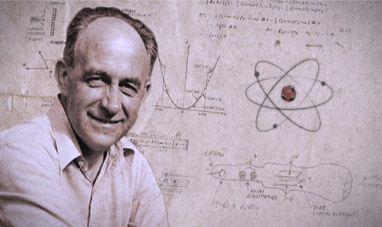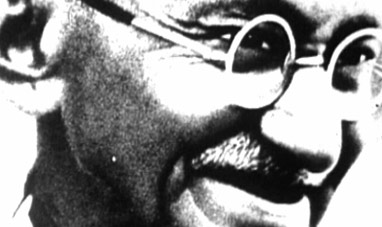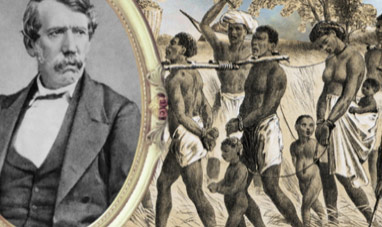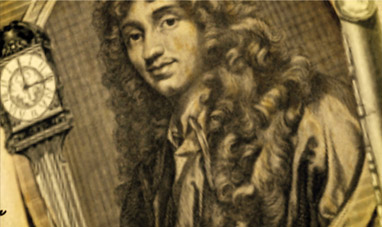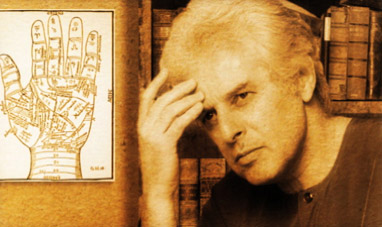Mother Teresa of Calcutta was an Albanian-born Catholic missionary who dedicated her life to serving the poorest of the poor. Agnes Gonxha Bojaxhiu was born on the August 26, 1910 in Skopje, in what is now known as Macedonia. The daughter of a merchant, she lived in relative comfort until she was 8, when her family fell on hard times following the death of her father. The young Agnes received a Catholic education. At 15 she joined a prayer group called The Fellowship. Here she met Jesuit missionaries who worked in Calcutta, in India. The young woman was fascinated by their stories. When she was 18, she heard the call of God during a spiritual retreat. She decided to dedicate her life to Christ, working as a missionary. Her destination was Calcutta. She joined the Sisters of Loreto, a religious institute that managed a mission in Calcutta. Agnes joined the institute’s headquarters in Dublin, Ireland, where she completed her preparation as a novice and took the name Mary Teresa. At the end of 1928 she was sent to Calcutta, where she began her novitiate. She taught at the convent school run by the Sisters of Loreto for the next twenty years. In 1937 she took her perpetual vows and was given the name Mother Teresa. At the time, Indian society was devastated by religious conflict between Muslims and Hindus. In 1947 these conflicts split the Indian subcontinent into two distinct states: the Indian Union, where the majority of the population was Hindu, and Pakistan, which was predominantly Muslim. The division sparked more violence, provoking mass exoduses and increased poverty throughout India.
Within this climate of conflict, Mother Teresa heard her second call from God, and decided to dedicate her life to the poorest of the poor. In 1948 she left the convent and started to assist the needy on the streets of Calcutta. Initially she worked alone, making do with limited means. But some ex-students from the Loreto School soon joined her. Mother Teresa was inspired by Christian and Western values. She saw the face of Christ in the needy, even among the outcast, a position that clashed with Hindu culture. According to Hinduism, every individual’s existence is determined by the merits or demerits he or she has accumulated over the course of past lives. The same beliefs ruled the class system as well. Despite these cultural differences, Mother Teresa decided to found a new community of sisters in India: the Congregation of the Missionaries of Charity, officially recognized by the Catholic Church on October 7, 1950. Mother Teresa’s work in favor of the poor made her famous all over the world. She used the prizes and financial support she received for her work to create additional places where the poor would be welcome.
The number of people who have followed her example continues to grow, and Mother Teresa has inspired the creation of a number of other religious and non-religious movements. In 1965 the first Congregation of the Missionaries of Charity opened abroad, in Venezuela. Others would follow on every continent on the planet. In 1979, Mother Teresa was awarded the Nobel Peace Prize. She ran the Congregation until 1997, when she was forced to retire due to health problems. Mother Teresa passed away on September 5, 1997. She was 87. Two years later she was nominated for sainthood. Despite this, Mother Teresa’s writings betray a tormented relationship with her faith. Her soul didn’t find peace until the very end.
Within this climate of conflict, Mother Teresa heard her second call from God, and decided to dedicate her life to the poorest of the poor. In 1948 she left the convent and started to assist the needy on the streets of Calcutta. Initially she worked alone, making do with limited means. But some ex-students from the Loreto School soon joined her. Mother Teresa was inspired by Christian and Western values. She saw the face of Christ in the needy, even among the outcast, a position that clashed with Hindu culture. According to Hinduism, every individual’s existence is determined by the merits or demerits he or she has accumulated over the course of past lives. The same beliefs ruled the class system as well. Despite these cultural differences, Mother Teresa decided to found a new community of sisters in India: the Congregation of the Missionaries of Charity, officially recognized by the Catholic Church on October 7, 1950. Mother Teresa’s work in favor of the poor made her famous all over the world. She used the prizes and financial support she received for her work to create additional places where the poor would be welcome.
The number of people who have followed her example continues to grow, and Mother Teresa has inspired the creation of a number of other religious and non-religious movements. In 1965 the first Congregation of the Missionaries of Charity opened abroad, in Venezuela. Others would follow on every continent on the planet. In 1979, Mother Teresa was awarded the Nobel Peace Prize. She ran the Congregation until 1997, when she was forced to retire due to health problems. Mother Teresa passed away on September 5, 1997. She was 87. Two years later she was nominated for sainthood. Despite this, Mother Teresa’s writings betray a tormented relationship with her faith. Her soul didn’t find peace until the very end.

